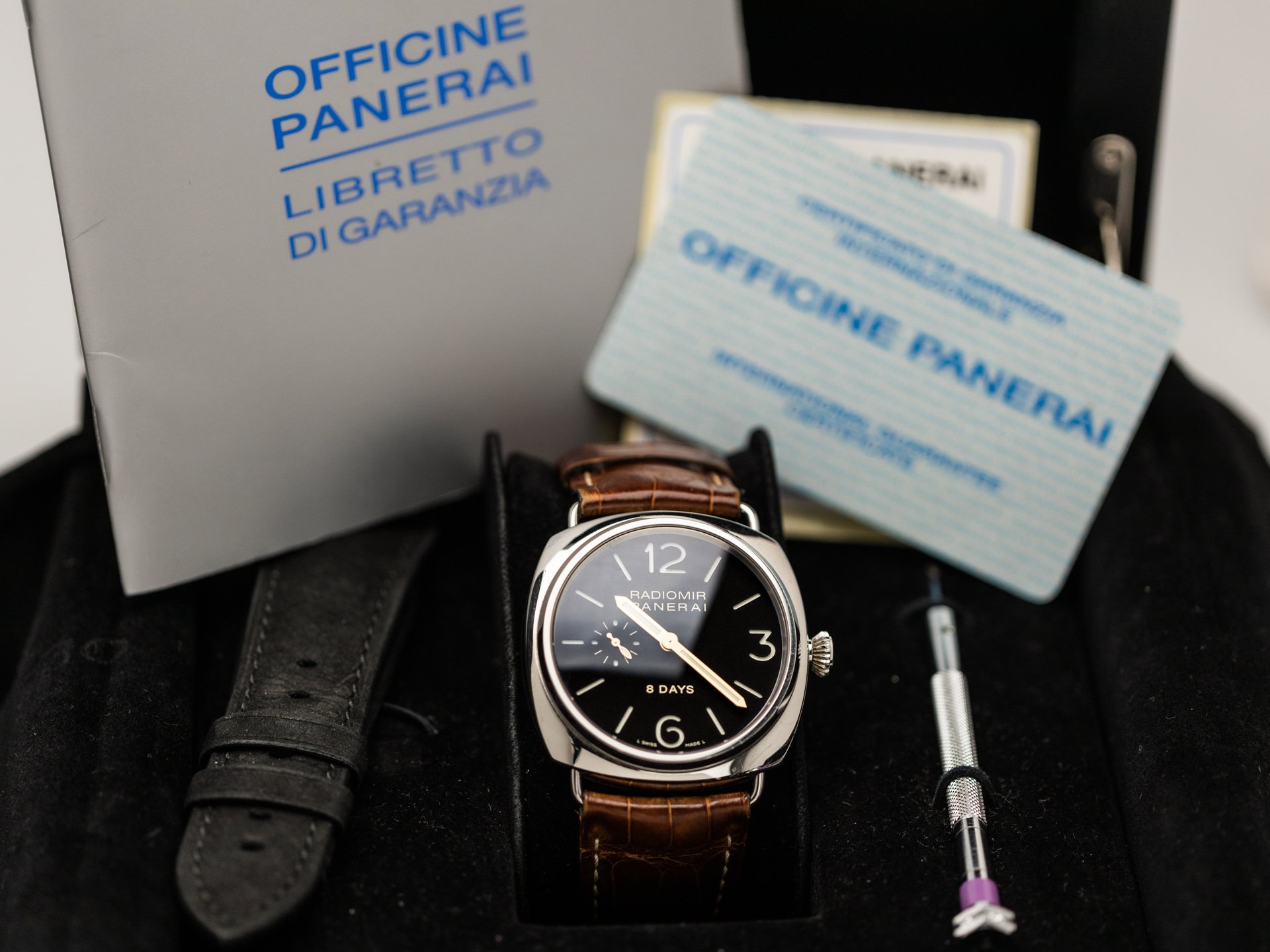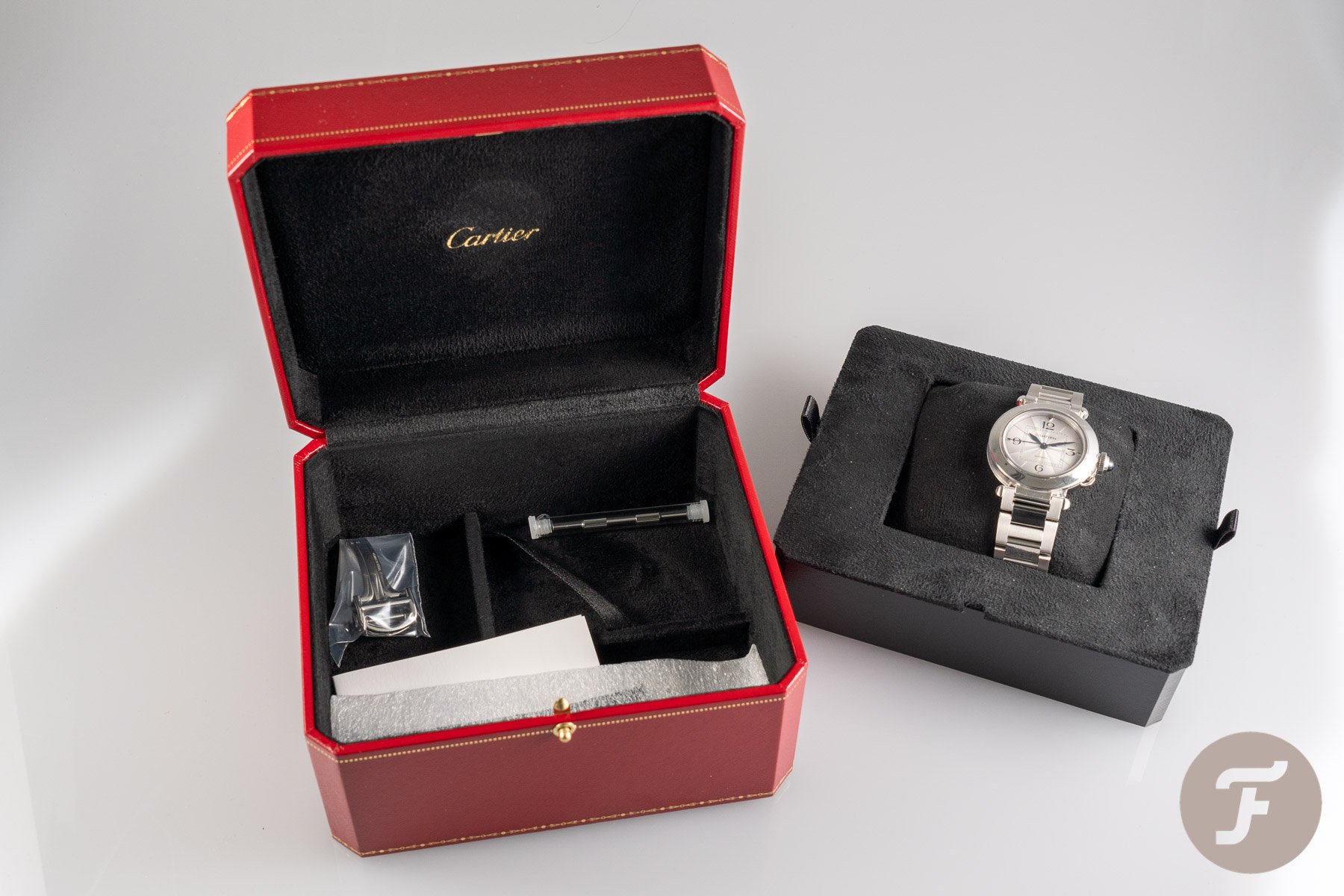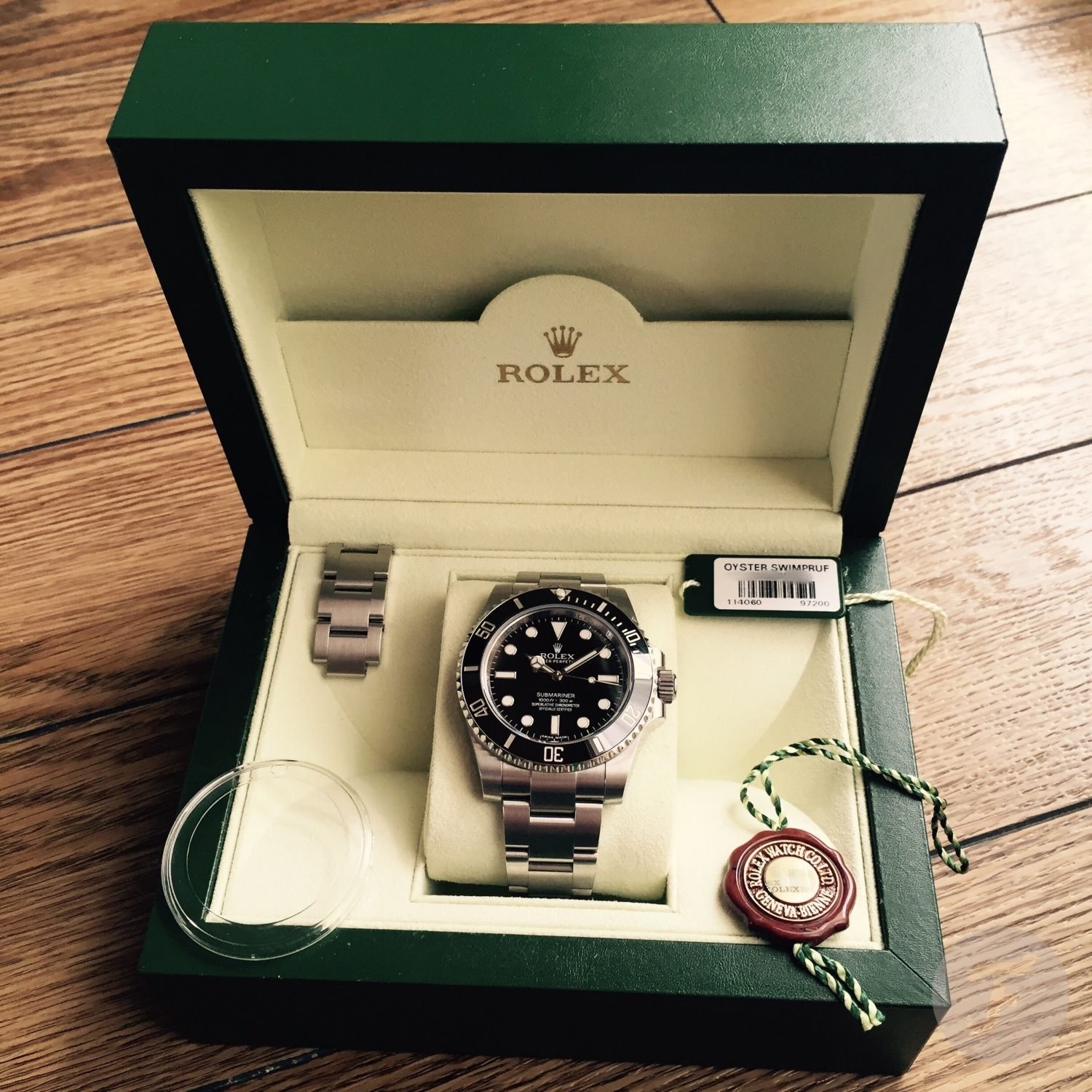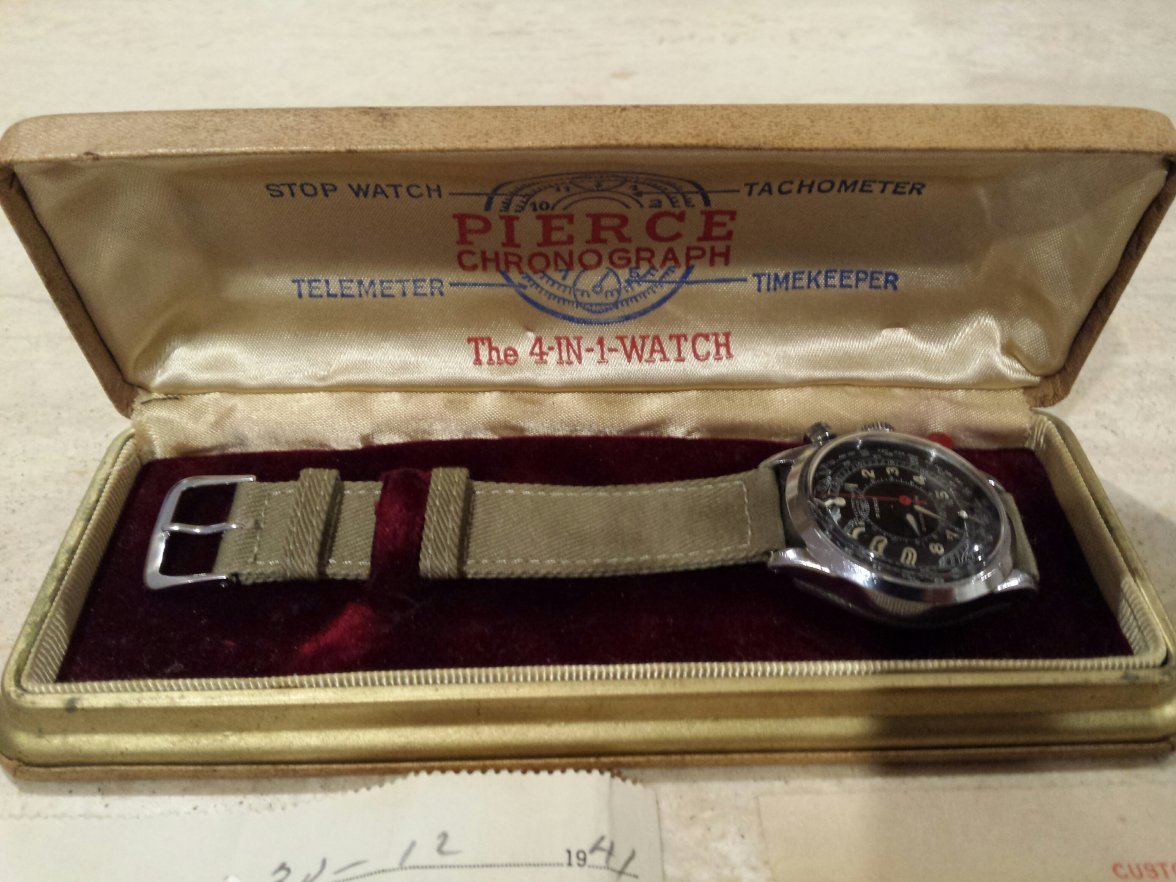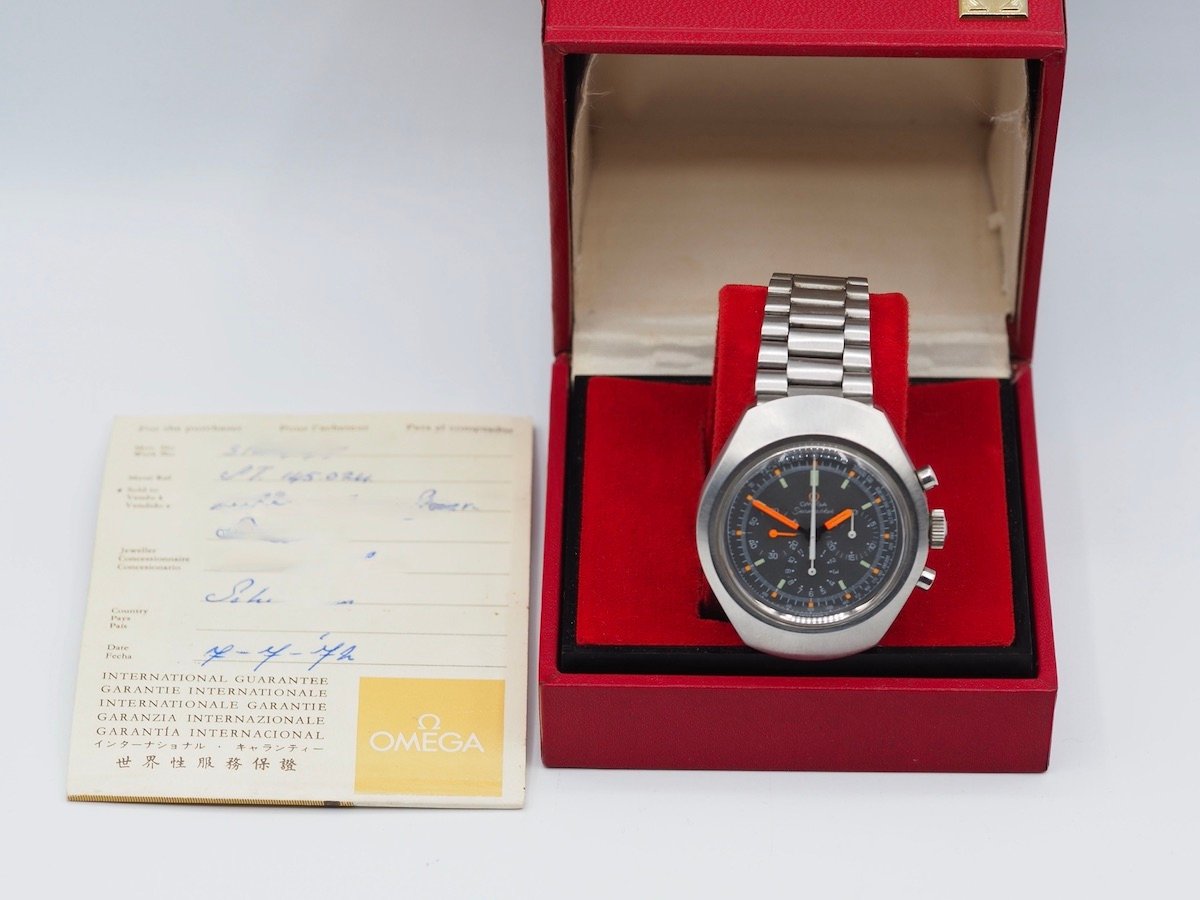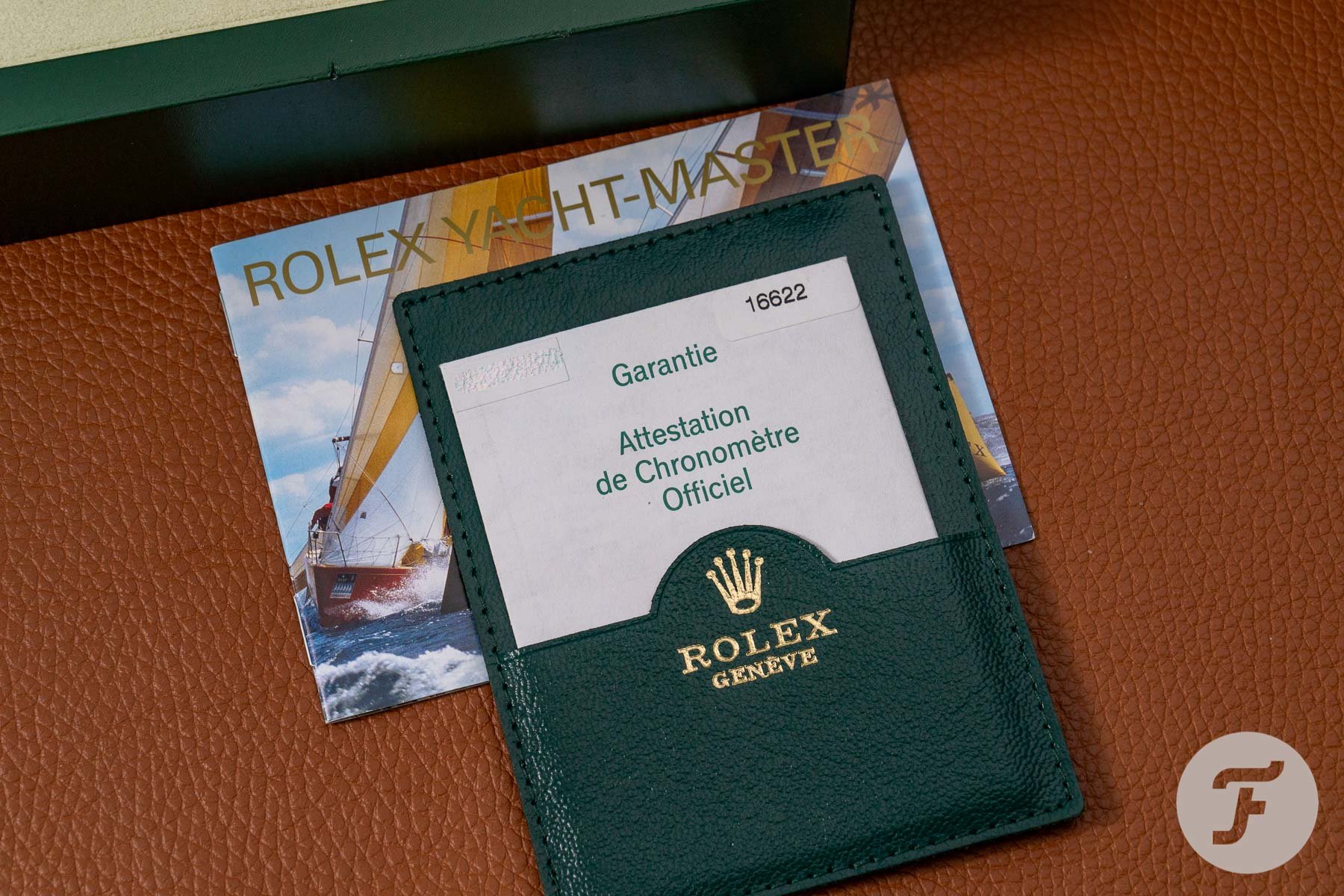Do The Box And Papers Matter When Buying A Pre-Owned/Vintage Watch?
Box and papers — yay or nay? It is a question I get a lot and one worth diving into. There are, as always, entrenched fanatics on either side of the aisle. Also as always, the answer is a little more nuanced than one might expect. The truth is, it all depends on several factors that are personal to you and to the purchase in question.
In this article, then, I will try to arm you with the relevant considerations rather than tell you what to do. Without further ado, let’s get into it.
Box, papers, box and papers, or full set
We are, of course, talking about the included original accessories when you buy a vintage/used watch. Depending on the age and type of watch, it can be more or less common to find original accessories included. In most cases, these accessories add to the value/price of the watch. After all, a more complete product is more collectible. It is, however, valuable to make a distinction between different accessories.
Boxes, for instance, tend to have a smaller effect on value than papers (certificates, more accurately) do. Why? Because papers should feature a unique number matching them to a specific watch. Boxes, if period-correct, are almost generic. It is often not that hard to source an original and period-correct box to complete a set. Papers, by contrast, cannot be added later on. Unless they are forged, that is.
So a watch with just papers tends to be considered more desirable than a watch with just a box. And then we have the full set, which includes everything that originally came with the watch. Think of the booklet, hang tag, certificate, outer box, etc. Naturally, these are generally considered the most desirable and, therefore, costly. The big question is: should you care?
Box and papers to prove authenticity
I noticed during my watch-dealing years that it was primarily first-time buyers who were preoccupied with set content. In part, that is likely down to superficial online checklists and buying advice. I often felt people asked because they were taught to rather than because they actually cared.
Many people also considered the box and papers proof of authenticity. Let me ask you this, though: if you had to forge either a watch or a certificate, which would you pick? Indeed, the accessories are infinitely easier to fake than an actual watch. So if this is part of your consideration, my advice would be to learn to evaluate your prospected watch model. That is much more likely to land you an authentic watch than included accessories are.
Sometimes, however, papers can help evaluate the configuration of a watch. The certificate and invoice may describe the bracelet type and dial color, for instance. That can help in determining whether parts have been swapped. Beyond this, however, I would not consider the box and papers very useful in judging authenticity.
Vintage versus youngtimer
This collecting mindstate of ours is a relatively young phenomenon. If someone bought a Rolex Datejust in 1970, chances are it was considered just a nice everyday watch. Don’t be surprised if that buyer threw out the box and papers upon arriving home from the jeweler’s. We may consider that heresy today, but that’s just how it was. Consequently, finding complete sets in the vintage realm is much rarer than it is for younger watches.
In fact, if you are looking for something less than five years old, you will probably struggle to find anything but full sets. Great! That means you probably will not pay much of a premium for those accessories either. It is a matter of supply and demand, after all.
Motivations for buying a watch
Another factor that comes into play is your motivation for buying a watch. If you are buying a watch to wear and enjoy, the box and papers perhaps matter a little less. If you are buying as an investment (dirty word, I know), things are different. The same goes if you plan to resell it a few years down the line, potentially.
A full set is often a little easier to sell. I have found them to sell slightly quicker and at a higher price. That premium, however, often did not grow over time. In other words: you get out what you put in when you bought that full set. There are exceptions, of course.
And then there is the collector’s mindset. If you buy watches as collectibles rather than just to wear, you may value set content more. You have surely heard of the importance of provenance in rare watches. Set content can provide some of that. Yes, that matters for a 1965 Speedmaster that was owned and worn by a NASA astronaut. Not so much for that nice 1995 Speedy you intend to wear daily.
Configuration, condition, set content — in that order
My advice would always be to start with your desired configuration. Once you have a specific watch in mind, you narrow the search to a specific reference. Next, you probably have a specific period, bracelet, dial, bezel, and so on in mind. That is the dream target watch.
Next, you look at the condition of the watches that meet your configuration criteria. You want one that is as original as possible in as good a state as possible — adequately maintained with no apparent signs of abuse, perhaps nice patina, etc.
Only then would I consider set content if it were a watch to be worn and enjoyed. I see no sense in compromising on configuration and condition in favor of set content. I would rather pay more for the desired configuration and excellent condition than for the box and papers. Only if my budget allows me to stretch further would I take set content into account. This, of course, is a matter of personal preference. I do think, however, that your money is best spent on what will actually be on your wrist, not what will end up in the back of a closet.
Closing thoughts on box and papers
You have probably grasped by now that I consider a watch’s box and papers nice to have rather than a necessity. All things equal, I would prefer to have them, but I would not compromise on configuration or condition to get them. I would only pay a serious premium for them if I were shopping for something highly collectible or looking to resell the watch in the near future.
Don’t consider the box and papers proof of originality. Your time is better spent learning to evaluate the watch itself. In fact, if you value set content, you will have to learn to spot issues in the accessories too. Trust me when I say there is plenty of shady business going on with those too. And that makes sense since we have collectively put much value on them. If a box is worth €1,000 all of a sudden, rest assured that people will try to counterfeit it.
What do you think? Does set content matter to you when you buy used? Let us know in the comments below!
You can also find and follow me on Instagram: @time_travelers_journal

